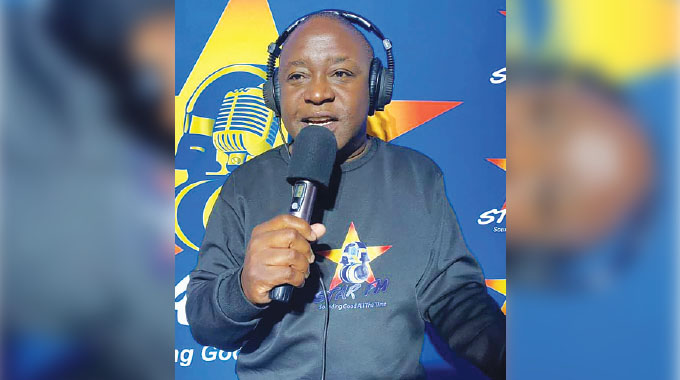Tips on how to learn musical instruments
play well.
If you want to learn an instrument, it’s important to choose one carefully. You need to think about which ones you like the sound of and what type of music you want to play.
Progress is marked by how much time you spend on the instrument, the more you practise the better you become.
This means you must at least own an instrument. Before you buy an instrument either new or second-hand, it’s good to have it checked by someone else, an experienced player, or a teacher.
The question that many ask is which instrument to play or which one is easy to learn. So let’s look at a few options and you can choose the one you want to learn.
One thing that I wish to say is that we learn to play music not necessarily that we perform in front of large audiences but for personal enjoyment and fulfilment.
Drums
Learning to play drums well takes several years. You need a good sense of rhythm.
Flute
The flute is quite easy for beginners, unless you are left-handed; very thick or thin lips, large front teeth or wearing braces can make it difficult to blow.
Saxophone
A saxophone is easier than a flute or clarinet. It’s a good choice if you’re not very interested in classical music.
Violin
It’s not easy to make nice sounds on a violin. It may be a year or two before you can produce a really good tone.
Classical guitar
Classical guitar is not easy to play. Your fingers need to do different things quickly and with great precision.
Piano
Playing the piano is easy as the arrangement of the keys gives you a sense of musical direction much easier.
Double bass
Most, but not all, of orchestral music is fairly simple. The double bass often has solos in jazz bands though, which can be difficult. It helps to have large, strong hands.
Tuba
The tuba is big but needs less puff than a trumpet. The music isn’t usually difficult and you rarely have to play it fast.
Recorder
Basic technique is not too difficult, but like any instrument, advanced technique needs a lot of skill.
Most instruments are either electric or acoustic (not electric) and they can be grouped into a few categories.
Although the instruments within these categories come in all different shapes and sizes, the way they work is fundamentally the same.
Let’s take a look at percussion instruments this week. Percussion instruments are the ones which make a sound when you hit, shake or scrape them.
Hitting, shaking or scraping causes an instrument to vibrate and produce sound waves. In a drum, for example, some of the waves produced spread down into the hollow part of the drum, where they echo around and grow louder. This is called resonance.
There are two types of percussion instruments, pitched and unhitched. A pitched instrument produces one or more musical notes. An unhitched one just makes a noise.
Untuned Percussion
Drums
Side or snare drum, Tom tom, tenor drum, bass drum, bongos, conga, timbales.
Clappers
Claves, castanets, whip, slapstick
cymbals
Clash cymbals, crash cymbals, I-hat cymbals
Tuned percussion
Xylophones, marimba, vibraphones, glockenspiel, celesta, chime bars, cow bells.
Till next time God bless
l Richard Kohola is a music critic and development expert and can be contacted on the following number 0772 382 871 or email [email protected]








Comments